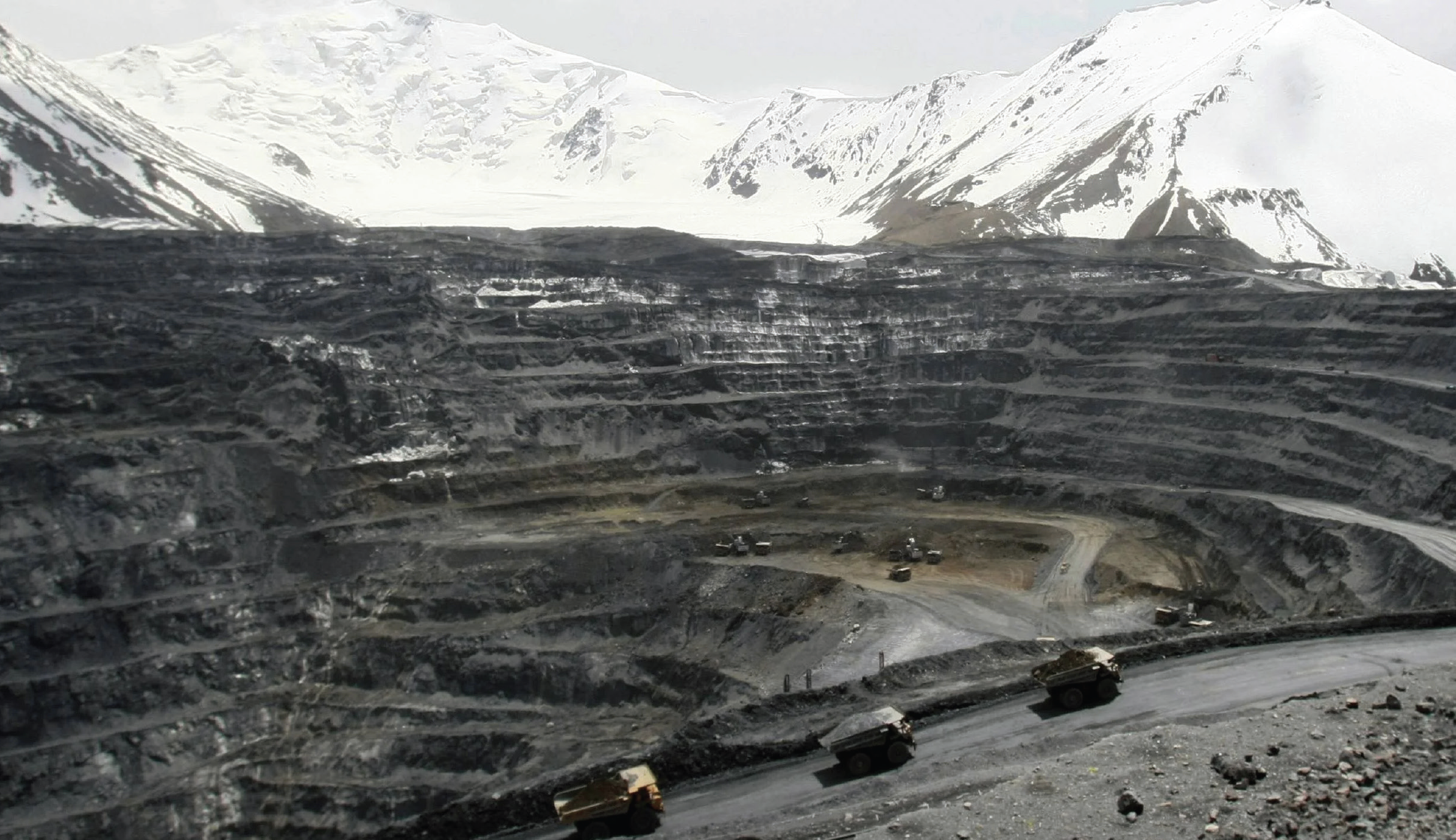Resource Nationalism and Slow Violence in Kyrgyzstan
This report is published as part of the project “Nationalism and Violence in Central Asia” funded by the United States Institute of Peace.
Year in and year out, political and economic elites in Kyrgyzstan have recast the country’s resources into sources of rent. Echoing extractive states in other parts of the world, despite national populist discourse about the need to transform nature into national riches for “the greater common good, “extraction-led development has ultimately provided little or no benefit to ordinary citizens in Kyrgyzstan. The growing mismatch between undelivered promises of a gold bonanza “for the people” and the undeniable accumulation of mineral rents by elites has over time exposed the dispossession that made this accumulation possible in the first place. The values, meanings, histories and identities attached to people’s social nature has, since 2010, been transformed into gold in Kyrgyzstan, fueling persistent grievances, injustice, and protest. These acts challenge the repressive commodification of natural resources by the state and with that, also the state’s legitimacy. This kind of “slow violence” – invisible and incremental, as opposed to visible and instant acts of violence – is what we would like to highlight in this paper.
Our aim with this research-based policy paper is twofold. First, building on recent scholarship, we attempt to render visible the connections between populist politics and resource nationalism in Kyrgyzstan, contextualizing these developments within an authoritarian-neoliberal governing order that has perpetuated rent-seeking behavior by its ruling elites since independence. We thereby respond to the call from the nascent body of critical scholarship to engage more deeply with questions of “how, for whom, and to what effect resource nationalism becomes salient” (Koch & Perrault 2019, p. 624) as we inquire into the significance of this phenomenon and its relationship with violence and repression. Our second aim is to draw policy-makers’ attention to this dynamic in order to create better programs that mitigate against political violence and instability.
A review of policy interventions by key peacebuilding and development actors in the region reveals that current programming does not capture the violence associated with resource nationalism and governance. While these organizations aim at reducing violent conflicts, promoting democracy, good governance and human rights, and building capacities towards economic and ecological resilience, they tend to treat these action areas as disconnected fields of intervention without taking into account cross-sectional linkages. USIP, for example, mentions ethno-nationalism, nativism, religion, competition over scarce resources and climate change, labour migration and economic conflict as the most likely sources of violent conflicts, attributing their structural drivers to political and governance problems. Nevertheless, extant policy initiatives do not tackle slow but sure state violence and human rights violations through national populism and authoritarian modes of resource governance. A part of this problem might be the analytical lens through which peace is seen as absence of overt physical violence in the public eye that is commonly associated with authoritarian regimes.
With this article, we aim to address this gap by drawing the attention of scholars and international policy-makers, as well as government and civil society actors in Kyrgyzstan to the understudied relationship between authoritarian nationalism by the state, resources, and violence. We thereby respond to three of the themes that emerged from the Oxus Society Workshop “Nationalism and Violence in Central Asia.” First, our research aims at engaging with different narratives of nationalism: in our case, vis-à-vis resources, their different representations, and their extraction. Second, we seek to unpack state and non-state actors’ agendas at multiple sites that seek to channel or challenge these nationalist narratives. This entails inquiring into cases of deliberate disinformation to inflame resource nationalist grievances and/ or the delegitimization of genuine citizen concerns regarding just resource use and governance. Third, our interdisciplinary perspective on resource nationalism and political violence enables us to open up politically-sensitive analyses of resource nationalism, transcending dominant realist conceptions.
We pursue two questions:
(1) What are the fissures within discourses of resource nationalism and how have they been related to authoritarian tendencies and other invisible forms of violence?
(2) What are the implications of acknowledging resources and resource nationalism as a source of violence for policy and programming in Central Asia?
We answer these questions based on our original, multi-source research in Kyrgyzstan from 2014 regarding attitudes and beliefs about Kyrgyz socio-natural identities, and how these relate to spiritual traditions, as well as on discourses and practices of resource extraction and nationalism. Sites of data collection include Bishkek, the center of policy-making and governance; Talas, the site of the tomb of Manas, Kyrgyzstan’s national hero and a focal point for nationalist veneration, and Orlovka, a former Soviet mining town that now hosts the country’s second-largest gold mine. We complement primary data with official statements/ media releases and bring these into conversation with the relevant literature on resources, resource nationalism, authoritarianism, and violence
Beril Ocakli is a research associate at the Centre for East European and International Studies (ZOiS). As a critical geographer and institutional economist, she follows discourses and practices of modernity, governance and development through extractive infrastructure projects, above and below ground, along corridors and roads, in Central Asia and the South Caucasus. She is currently leading the BMBF-funded project ‘China, the EU and Economic Development in Eastern Europe and Eurasia’ at ZOiS.
Vincent Artman examines how different forms of identity — civic, national, religious, etc. — are constructed and contested in the context of the modern state. Dr. Artman’s primary geographical focus has been the former Soviet Union, and Central Asia in particular. His most recent work has examined how Islam and indigenous religion are connected with national identity in Kyrgyzstan, and how these identities are connected to national identity and ecological sustainability.

